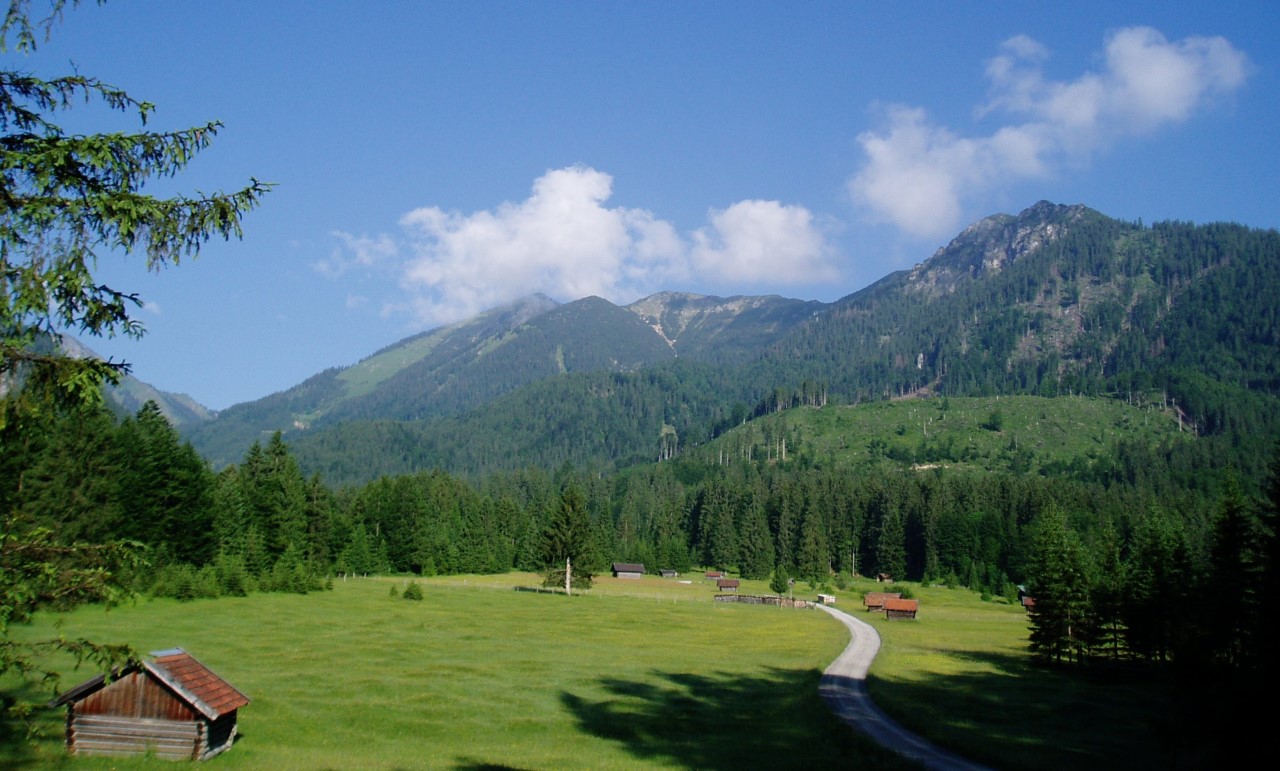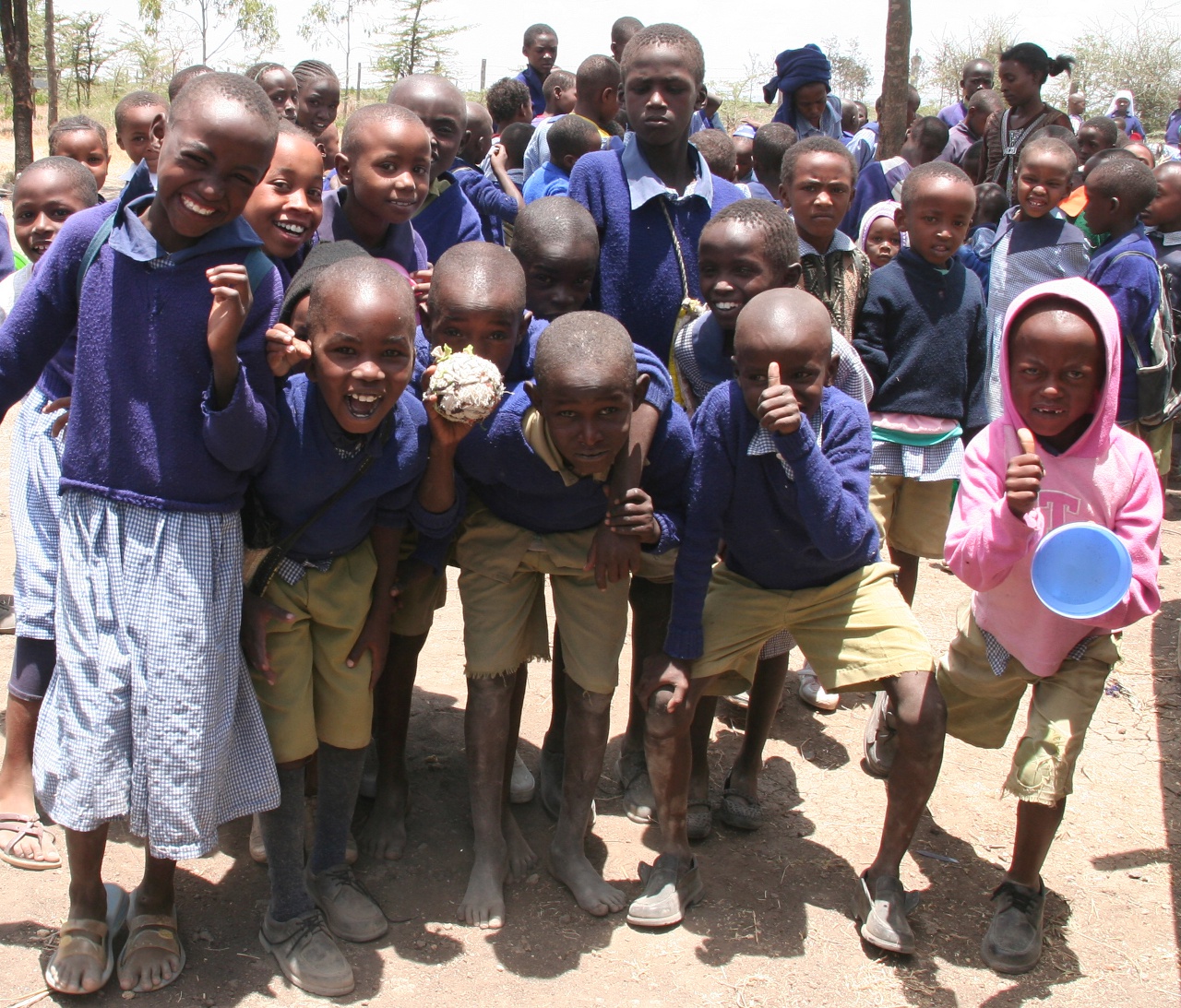

Environmental Protection
Environmental protection is a local task with global consequences. The protocol of the Environmental Protection Conference of Kyoto in 1997 defines mechanisms for limiting and reducing greenhouse gas emissions. One mechanism is environmental protection projects. An investor in an industrially developed country finances a project in a developing country to achieve a reduction in greenhouse gas emissions. The achieved savings of greenhouse gases, for instance CO2, are credited to the industrially developed country in the form of emissions certificates. Viewed globally it is irrelevant where the reduction of greenhouse gas production is achieved. The atmosphere affects the entire planet, independent of national boundaries and interests.
By purchasing emission reduction certificates, anybody can invest in environmental protection projects so helping to offset the CO2 which they themselves produce in the course of their everyday life.
The issue of emission reduction certificates is a matter of trust. It must be guaranteed without a doubt that the environmental protection projects supported result in the promised reduction of emissions. The Gold Standard Foundation is a union of non-government organizations which has the goal of defining criteria which an environmeltal protection project must satisfy if it wishes to have emission reduction certificates recognized. Certificates satisfying the criteria are of a high, internationally recognized, quality. The approval of such a project requires detailed documentation of the project including proof of the effects of the project which can be verified by external auditors. Sustainability is a further key topic. Neither population nor environment may ever suffer negative effects. All this has to be proved up front, and strictly ensured for the duration of the project.
The environmental protection project of the Ofenmacher has been registered and approved by Gold Standard. With an upper limit of 10000 tons CO2-savings per year the project is classified in the Gold Standard as a "Micro Scale Project". For each tonne of CO2 saved, the Ofenmacher receive emission reduction certificates (Verified Emission Reduction, VER), which are registered in the database of Gold Standard. For donations which are used for building stoves we anul emissions certificates in a corresponding volume. CO2 released to the environment is reducted permanently!

The Principle of Gold Standard
All Gold Standard certified Projects have to adhere to the following principles:
- The project shall do no harm, complying with the UNDP Millennium Development Goals (MDG) Carbon Safeguard Principles.
- The project shall enhance sustainable development.
- The project shall involve all relevant stakeholders.
- Greenhouse gas emission reductions and carbon sequestration shall be real.
- The project shall be compliant with all relevant laws and Gold Standard Principles.
- The project shall be transparent.
- The project’s compliance and progress shall be monitored, reported and independently verified throughout the entire crediting period.

Certification Steps for a Gold Standard Project
The certification process for a Gold Standard project has nine steps:
- Identify suitable renewable energy/energy efficiency project
- Open registry account
- Local Stakeholder Consultation Meeting
- Final Project Design Documentation
- Stakeholder feedback & project implementation
- Independent auditor (DOE) reviews & validates project*
- GS reviews audit before project registration
- GS external (DOE) verification*
- GS reviews verification before issuance of credits
* For Micro Scale Projects there is an option that Gold Standard executes the audit based on payment of a flat-rate fee (normally an independent third-party auditor must be contracted). Thus GS ensures that they themselves audit a random selection of projects. The Ofenmacher selected the flat-rate option.

